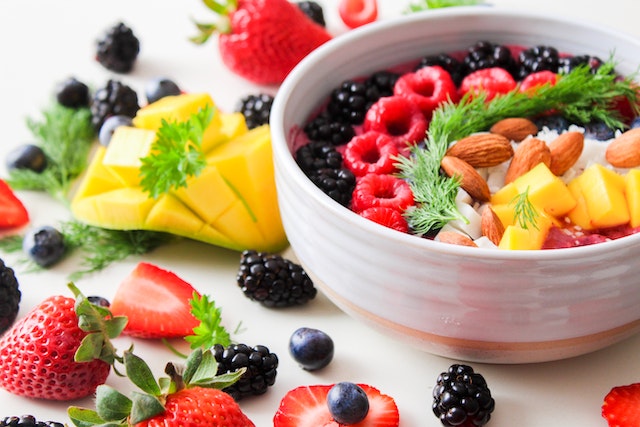In this digital age, technology has permeated every aspect of our lives, including the food industry. The fusion of food and technology has given rise to a new phenomenon known as “foodie technology,” which is reshaping how we cook, dine, and interact with food. In this article, we will delve into the definition of foodie tech, examine its impact on the food industry, and take a delightful journey into the world of horchata—a beloved traditional beverage.
Definition of Foodie Technology
Foodie technology can be defined as the application of technological advancements to enhance and transform various aspects of the food industry. From smart kitchen appliances to recipe apps and online platforms, foodie technology encompasses a wide range of digital tools that revolutionize the way we source ingredients, prepare meals, and discover new culinary experiences.
A. Examples of Foodie Technology Advancements
Foodie technology has revolutionized the culinary landscape, providing us with innovative tools and platforms to enhance our food experiences. Smart kitchen appliances, such as intelligent ovens and precision cookers, offer precise temperature control and automation, ensuring consistent and perfectly cooked meals. Recipe apps and websites provide a vast collection of recipes, personalized recommendations, and even the ability to connect with fellow food enthusiasts. Online platforms and communities allow us to share our culinary creations, seek inspiration, and learn from others.
Benefits and Challenges of Foodie Technology
A. Benefits of Foodie Technology
Convenience and Accessibility: Foodie technology has significantly increased the convenience and accessibility of the culinary world. With online grocery delivery services and meal kit subscriptions, we can conveniently access fresh ingredients and pre-measured meal options.
Enhanced Cooking and Dining Experiences: Foodie technology has elevated our cooking and dining experiences to new heights. Smart appliances equipped with advanced features and connectivity allow for precise cooking control and automation, enabling us to achieve professional-level results in our own kitchens. Virtual reality (VR) and augmented reality (AR) technologies provide immersive culinary experiences, allowing us to explore virtual restaurants, attend cooking classes, and even experiment with new flavors and cuisines.
B. Challenges and Concerns Related to Foodie Technology
Privacy and Data Security: As with any technology-driven industry, privacy and data security are significant concerns in the realm of foodie technology. The collection of personal data, such as cooking habits, dietary preferences, and shopping patterns, raises questions about how this information is used and protected. It is crucial for individuals to be aware of privacy policies and take necessary precautions to safeguard their data.
Dependence on Technology: While foodie technology offers numerous benefits, there is a concern about becoming too reliant on technology for our cooking and dining experiences. Striking a balance between embracing technology and preserving the artistry of cooking is essential.
Explanation of Horchata
A. Introduction to Horchata
Horchata is a beloved beverage enjoyed in various cultures around the world. It is typically made from a combination of ingredients such as rice, nuts, or seeds, mixed with water and sweeteners. The result is a refreshing, creamy drink with a unique flavor profile.
B. Origin and Cultural Significance of Horchata
Horchata has a rich history that spans centuries and different regions. Its origins can be traced to places like Spain, Mexico, and Latin America. In Spain, horchata is traditionally made from tiger nuts, while in Mexico, rice-based horchata is popular. Horchata holds cultural significance and is often enjoyed during festive celebrations and as a symbol of tradition and community.
C. Ingredients and Preparation of Horchata
The ingredients and preparation methods of horchata may vary depending on the region and personal preferences. Rice or nuts are soaked, ground, and mixed with water to create a milky liquid. Sweeteners such as sugar, cinnamon, or vanilla are added to enhance the taste. The mixture is then strained, chilled, and served with ice, offering a refreshing and delightful beverage.
Conclusion
Foodie technology has revolutionized the way we approach food, offering convenience, accessibility, and enhanced culinary experiences. However, it is important to address the challenges and concerns related to privacy and dependence on technology. Exploring traditional beverages like horchata allows us to appreciate cultural diversity and savor unique flavors. As we embrace the exciting possibilities of foodie tech, let us strive for a harmonious balance between technology and tradition, creating a culinary future that celebrates innovation while preserving the timeless joy of cooking and dining.
Read more about Is Horchata Healthy?

